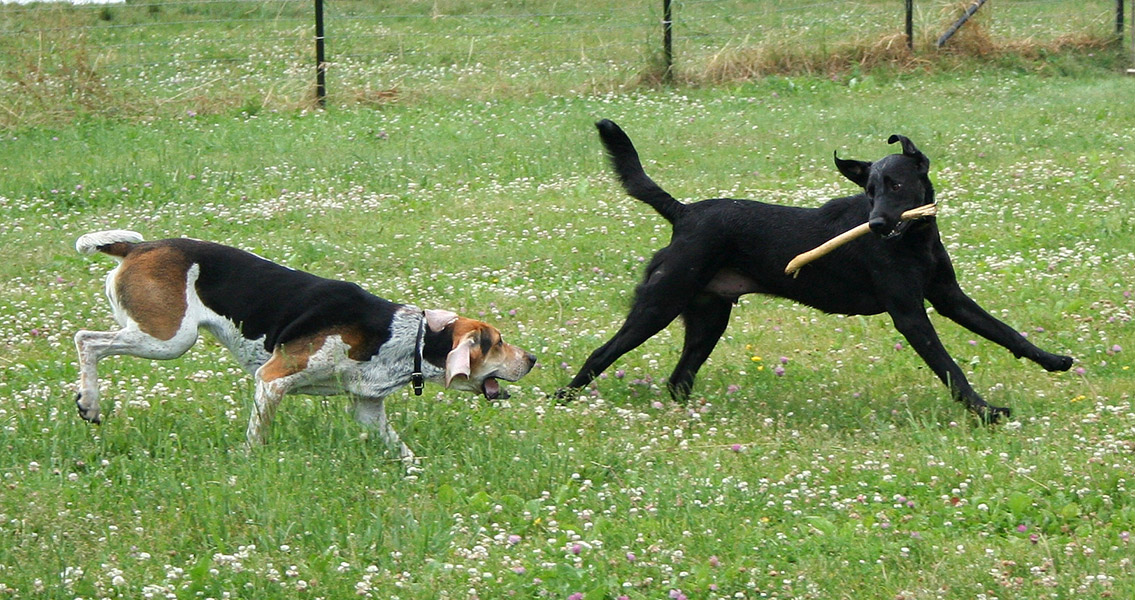<![CDATA[New research into the genetic makeup of dogs has yielded results that suggest there may have been two different locations – and times – when it comes to the eventual domestication of our furry friends. Scientists have long debated where dogs originated from, with many arguing back and forth that prehistoric wolves could have forged social connections with humans in either Asia or Europe. However, a newly-completed genetic analysis involving hundreds of canine samples revealed that the answer, ultimately, could be both. The results say that while European ancestry has diminished to a mere trace in today’s modern dog species, there’s evidence to support dogs becoming domesticated both in Europe or the Near East and again in Asia. However, these findings are preliminary, despite their plausibility. Some evolutionary biologists, such as Robert Wayne from UCLA whose work showed the connection to European domestication, say the story is still muddled, according to Science. One of the unique aspects of the study is that it included genetic information from the Newgrange canine, the remains of a 5,000 year old dog from a site on Ireland’s east coast. Taking just the inner ear bone of the prehistoric pooch, researchers from the University of Oxford were able to sequence its entire nuclear genome – the first of its kind to be published from an ancient dog – and then ran comparisons between the Newgrange DNA and samples taken from more than 600 modern dogs from around the globe. The results were nothing short of astounding, at least to evolutionary biologists. Oxford team member Greger Larson said the results elicited an expletive-laden exclamation from him, as the data allowed a family tree to be created that showcased a deep divide between Asian dogs and European ones. The split was simply not visible without such a massive sample size, Larson explained. The Newgrange sample proved invaluable in figuring out when this divide between East and West occurred. In conjunction with entire genomes of a large number of wolves and dogs, scientists used the ancient sample to calculate genetic mutation rates for dogs, suggesting the split likely occurred anywhere between 6,400 and 14,000 years in the past. Additionally, a so-called “genetic bottleneck” was revealed in Western dogs, which is when genetic diversity within a species undergoes a decline, usually due to a sharp drop in a population’s numbers. This phenomenon often occurs when small groups of individuals split off from the core group. Altogether, the data indicate that canine domestication by humans likely occurred around 14,000 years ago in Asia. Additionally, a small splinter group of these domesticated animals migrated west into Eurasia and Europe, most likely accompanied by humans. In essence, this would imply that all modern dogs – Newgrange canine included – can be traced genetically to Asian origins. However, with archaeologists finding remains of dogs in German dig sites that have been dated to 16,000 years old or even possibly older, the possibility persists that there had been an effort in Europe to domesticate dogs before Asian canines even arrived. Until viable genetic samples can be recovered from these Germanic dog remains, it’s unable to be determined if these early domesticated dogs were an evolutionary dead end, or if their genetic material persists through into today with modern dogs, scientists say. The research study can be found online here Image courtesy of Wikimedia Commons user Peter Wadsworth]]>
Genetic Tests Suggest Dogs Domesticated More Than Once
